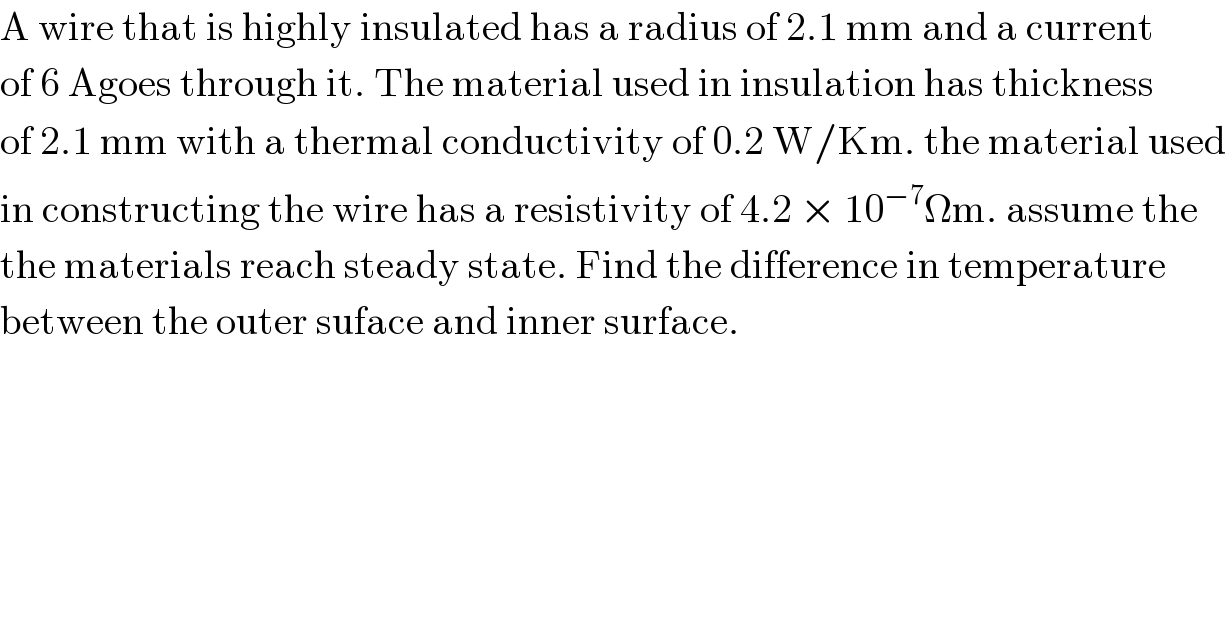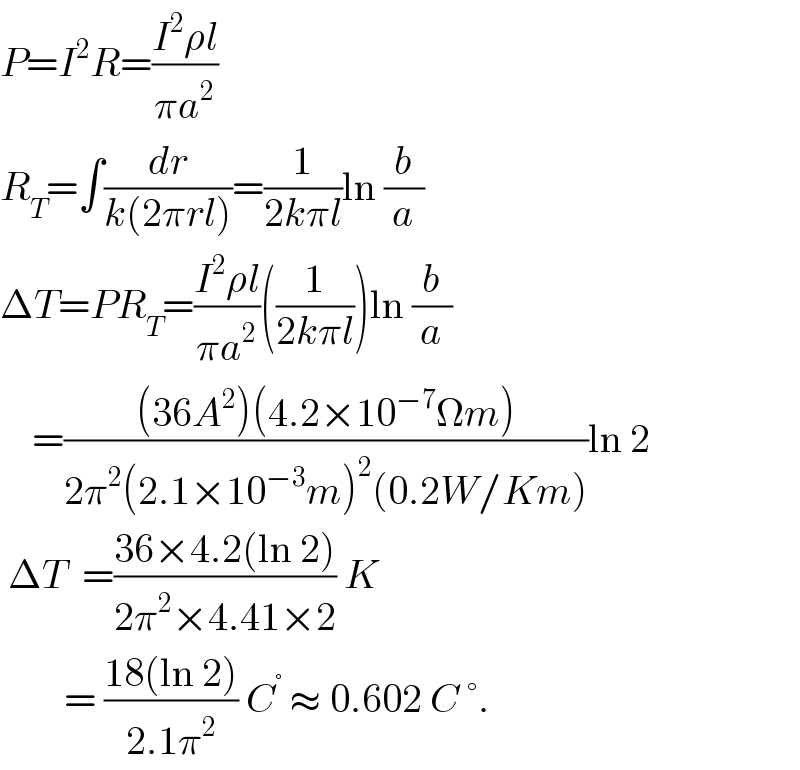
Question and Answers Forum
Question Number 99744 by Rio Michael last updated on 23/Jun/20

Answered by ajfour last updated on 23/Jun/20

Commented by Rio Michael last updated on 23/Jun/20

| ||
Question and Answers Forum | ||
Question Number 99744 by Rio Michael last updated on 23/Jun/20 | ||
 | ||
Answered by ajfour last updated on 23/Jun/20 | ||
 | ||
| ||
Commented by Rio Michael last updated on 23/Jun/20 | ||
 | ||